Point Cloud Classification
Point Cloud Classification might be related to our understanding of measurement instruments. Because it makes parcel mapping incredibly simple and accurate, services and area units are in high demand. When classifying clouds, various purposes area units are categorized by taking into account a variety of point cloud knowledge options, such as height, PCA, etc. Choosing points within the parcel that area unit on the bottom level offers an awfully clear and correct classification of various options on the bottom level like roads, power lines, cars, buildings, vegetation, etc.
All the features are showcased in different color which makes it very easy to understand and read.

Bare Earth
(Ground and Non Ground Classification)
An automated method that classifies bare earth is followed by a quality check. The creation of digital elevation models (DEMs) uses the bare earth class.

Advanced Classification
(Undeveloped Earth and surface characteristics like plants, buildings, and bridges.)
Semi-automatic and human classification procedures leveraging global software are used to classify advanced point clouds.
Reasons for LiDAR point cloud Classification
The classification of a LiDAR point cloud is a crucial stage in the process of obtaining useful information from the data.
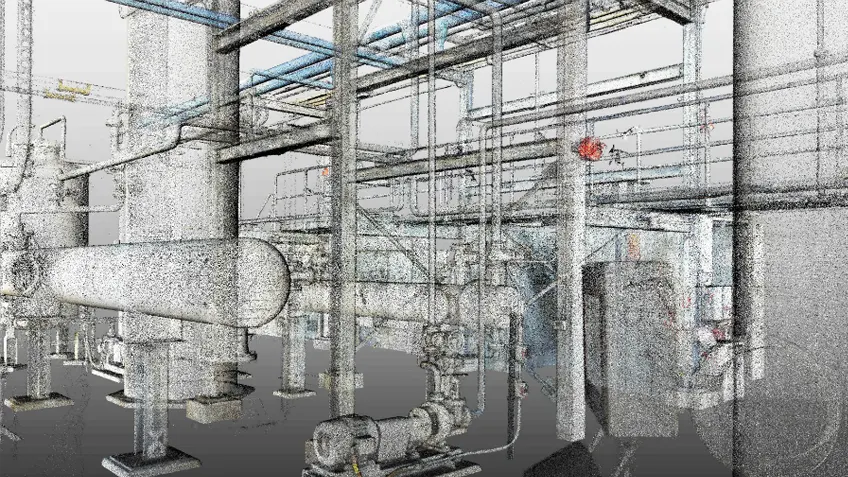
Increased Automation
Fundamentally, a point cloud is a collection of XYZ data points. It is a sizable but sparse three-dimensional depiction of a scene. By extracting objects and classifying them — whether by adding color to point clouds or applying data tags, or both — you can more easily interpret and analyze their output. Classification has long been seen as a crucial stage in the reality capture process.

Trust-but-verify Learning
Although complete automation is imminent, it is not yet ideal. Users of the top point cloud categorization software should be able to enjoy both automatic and validated processes. Surveyors can manually verify the correctness of the classification made by algorithms after they have made a first pass. Any automated point cloud classification will include a sizeable portion of quality assurance of confidence assessments.
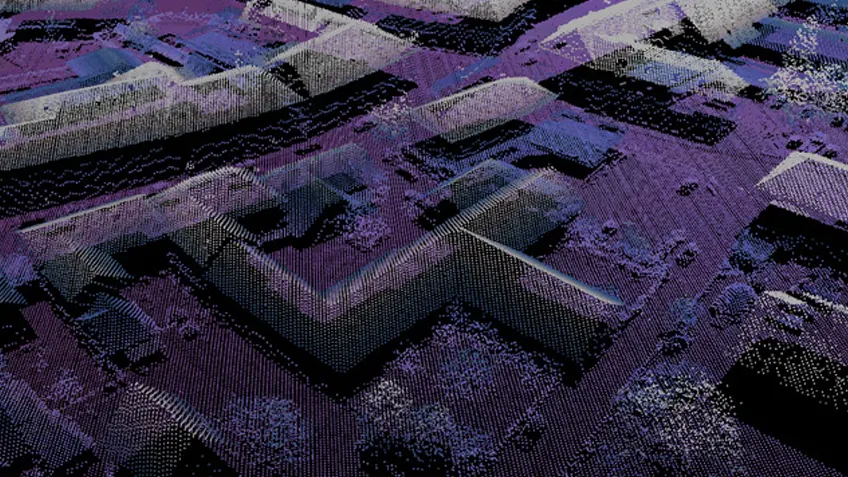
"In the Cloud" Processing
Processing of point clouds is often migrating to the cloud. Any point cloud processing application is at home in the cloud thanks to its processing power, scalability, resilient infrastructure, and nearly limitless storage capacity. There will be an increase in the creation of cloud-native applications that can scale up and down as needed to complete tasks more quickly.
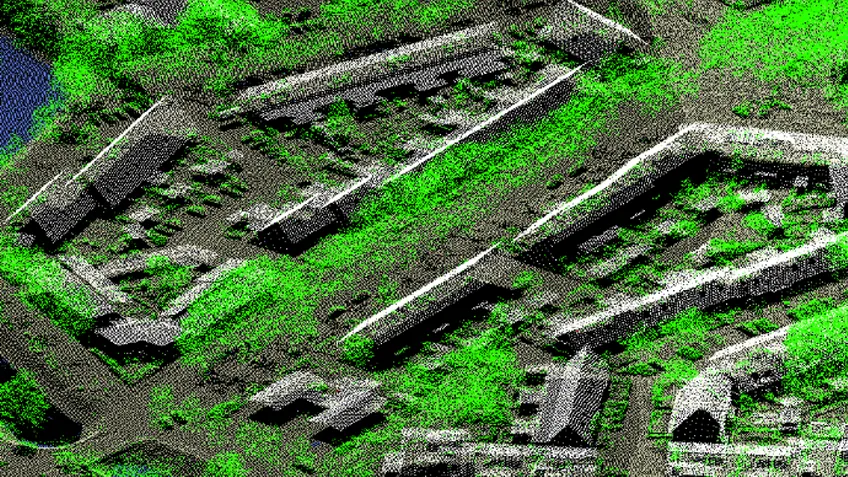
Hybrid Data Sets
The combining of several scan output types will be more and more crucial for reality capture. By combining scanning techniques, each of which has its own strengths and weaknesses, the aim is to maximize the efficiency and effectiveness of the data capture tools at your disposal. Terrestrial laser scanners are excellent in accurately capturing data for a variety of industries, including the interiors of buildings, industrial facilities, and civil infrastructure.
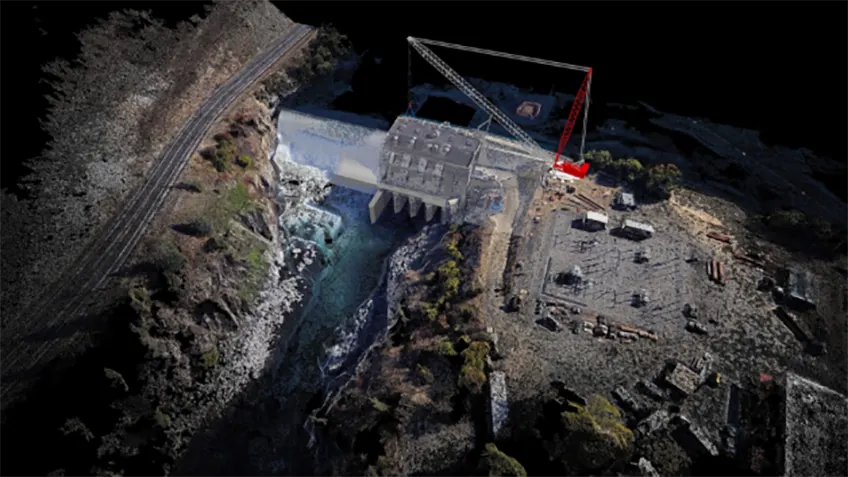
Reality Capture
Fundamentally, improved categorization automation will be achieved while maintaining quality control by using trust-but-verify systems and greater automation. Users should be able to access these technologies as they develop by fusing together capabilities from the top suppliers on demand if they invest in cloud-first platforms. These software services help teams extract intelligence from their point cloud data and will be continuously improved.
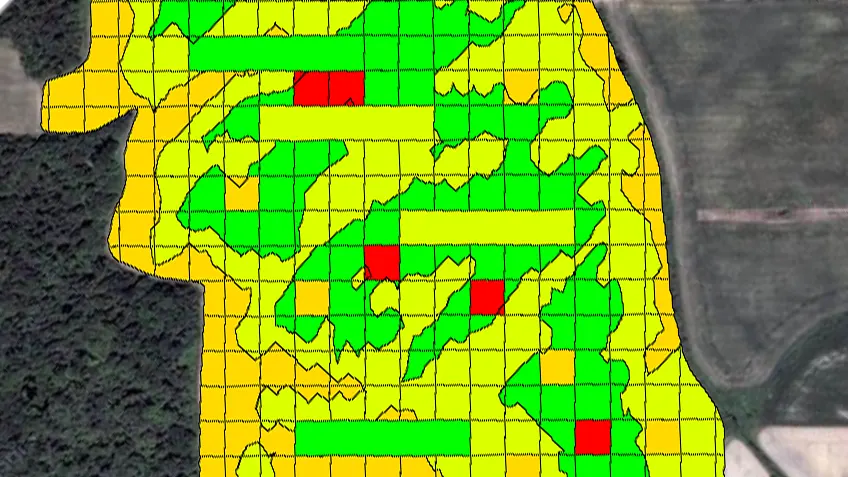
FME for Precision Mapping
For accurate and exact information that defines details regarding the surface of the Land, point clouds produced by LiDAR are sufficient. The classification of point clouds provides an excellent source of information for precise GIS mapping since it enables you to identify and draw attention to abnormalities. We design workflows that make use of transformers that isolate the information you need and show any distant points to help you locate any rough spots.
Use of LiDAR Application in Various Industries.
To increase high levels of productivity, Simak IT Pvt. Ltd. provides Point Cloud Classification services for various industries.
- Smart City & Urban Development
- Transport and Navigation
- Irrigation, Water & Disaster Management
- Defence & Security
- Forest Management
- Utilities (Power/Telecom/Water)
- Infrastructure
- Mining
- Oil & GAS Pipelines
- Flood Mapping
- Environment
- Highway & Road Survey
- Land Cover Classification
- Landslide Risk Assessment
The classification of LiDAR point clouds is crucial for measuring instrument services. Simak IT Pvt. Ltd. takes satisfaction in becoming a well-known name in the LiDAR industry without bragging. influencing industries and people everywhere. Our roots are deeply ingrained in many fields, including flood mapping and forestry mapping. LiDAR utility services have streamlined the path to a brand-new tomorrow, and Simak IT Pvt. Ltd. plays a significant role in that by offering specialized LiDAR services all over the world.